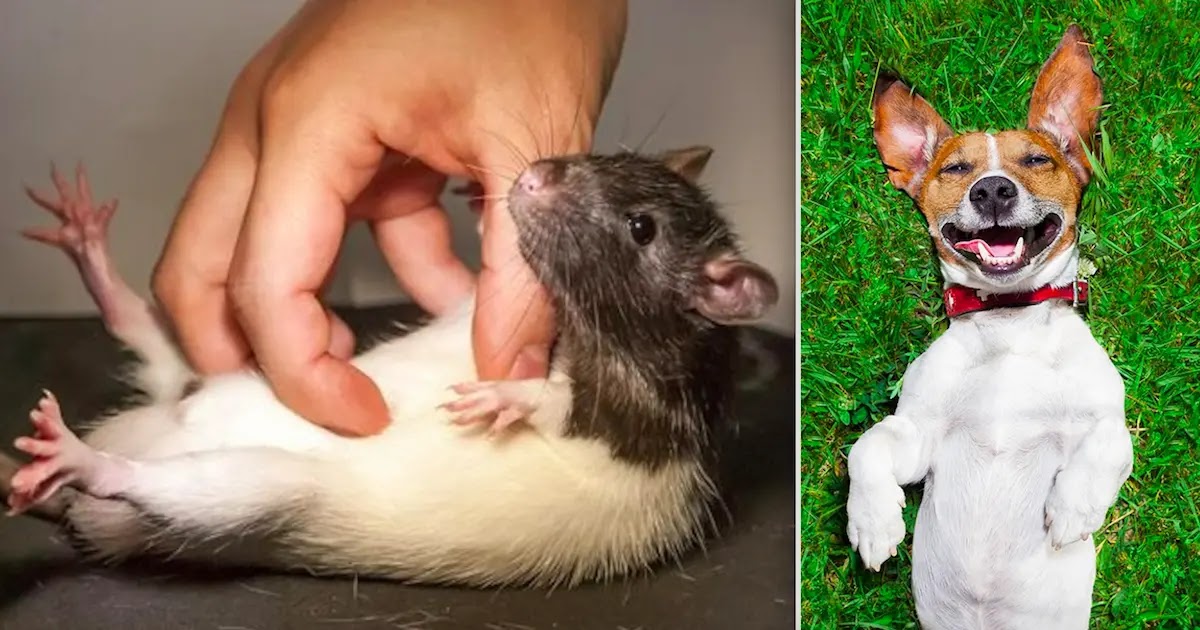
A new study published in the journal of Bioacoustics has found that laughter has been "documented in at least 65 species".
Jessica Wolf, wrote at UCLA newsroom:
"That list includes a variety of primates, domestic cows and dogs, foxes, seals, and mongooses, as well as three bird species, including parakeets and Australian magpies."
In order to test whether rats are able to laugh, scientists tickled them so that they provoke a response. Study author, Michael Brecht, said that tickling "is one of the most poorly understood forms of touch."
On the other hand, laughter appears to be better understood even in species much different from us. UCLA primatologist Sasha Winkler and UCLA professor of communication Greg Bryant say that "play vocalizations" signal non-aggression during roughhousing.
Winkler explains:
"When we laugh, we are often providing information to others that we are having fun and also inviting others to join. Some scholars have suggested that this kind of vocal behavior is shared across many animals who play, and as such, laughter is our human version of an evolutionarily old vocal play signal."
The authors of the study noted:
"Our review indicates that vocal play signals are usually inconspicuous."
Rats are known to make "ultrasonic vocalizations" that is beyond the range of human hearing. While the play vocalizations of chimpanzees are much more alike to human laughter, "although there are some differences".
"Like, they vocalize in both the in-breath and out breath."
[Based on reporting by: open culture]














COMMENTS